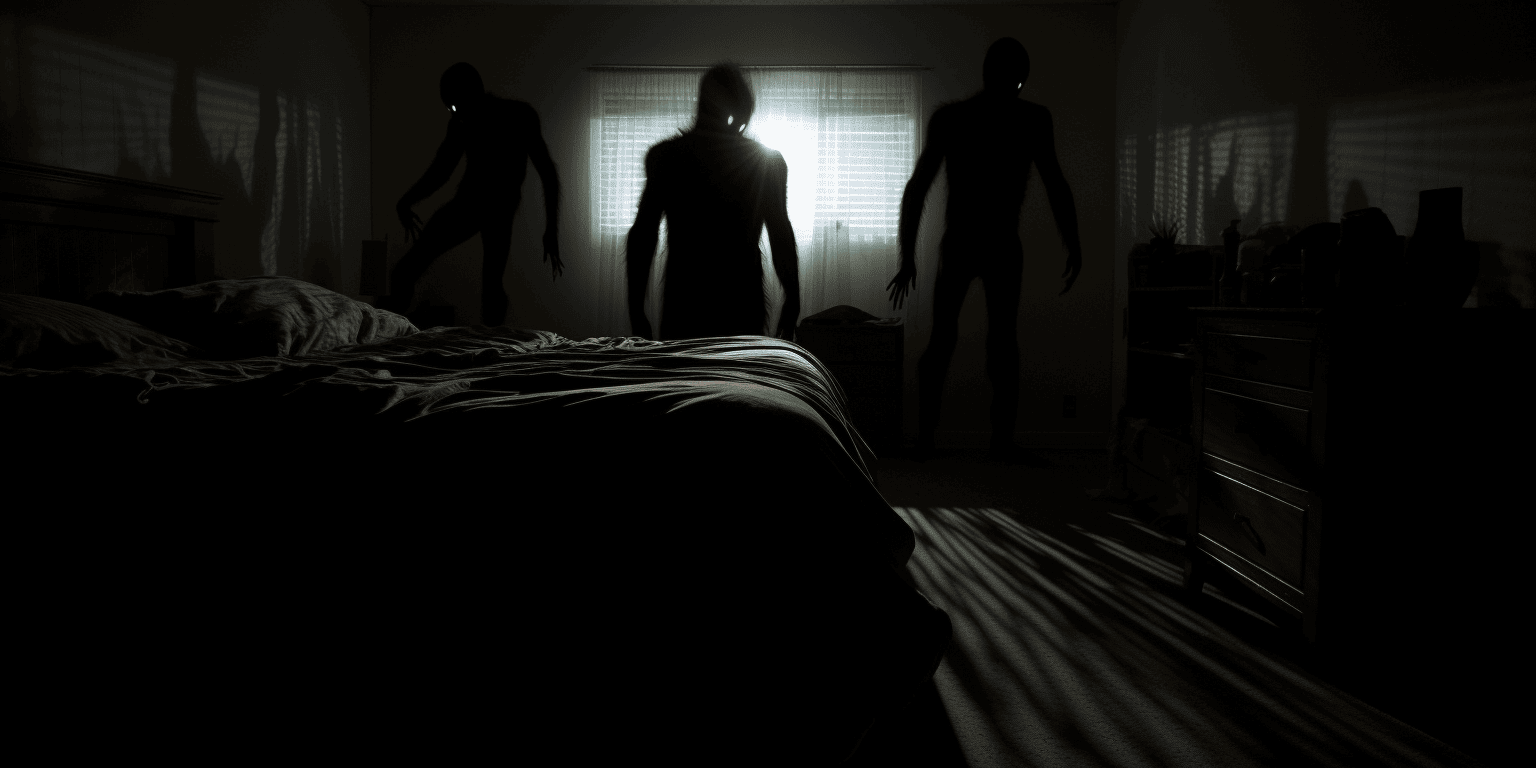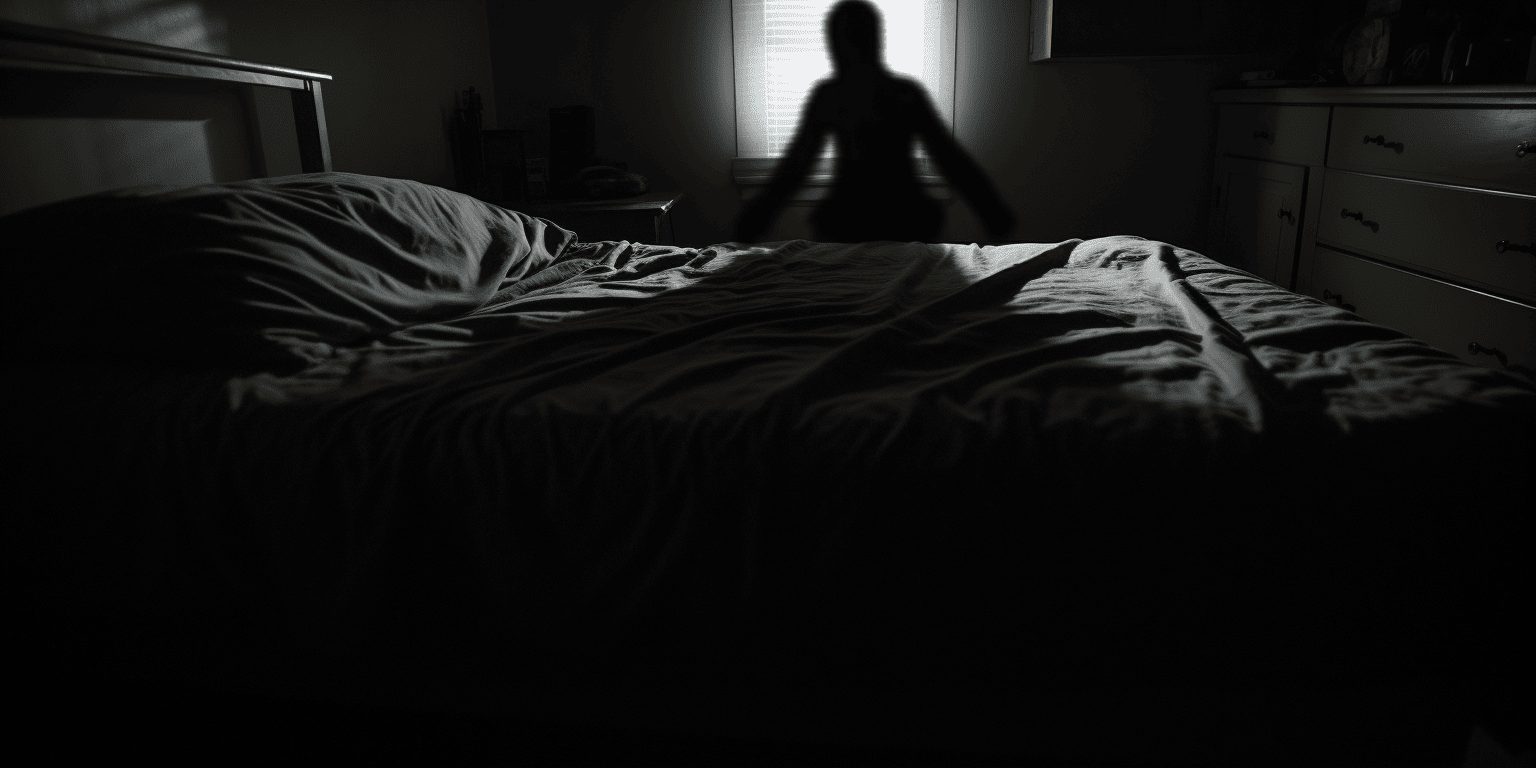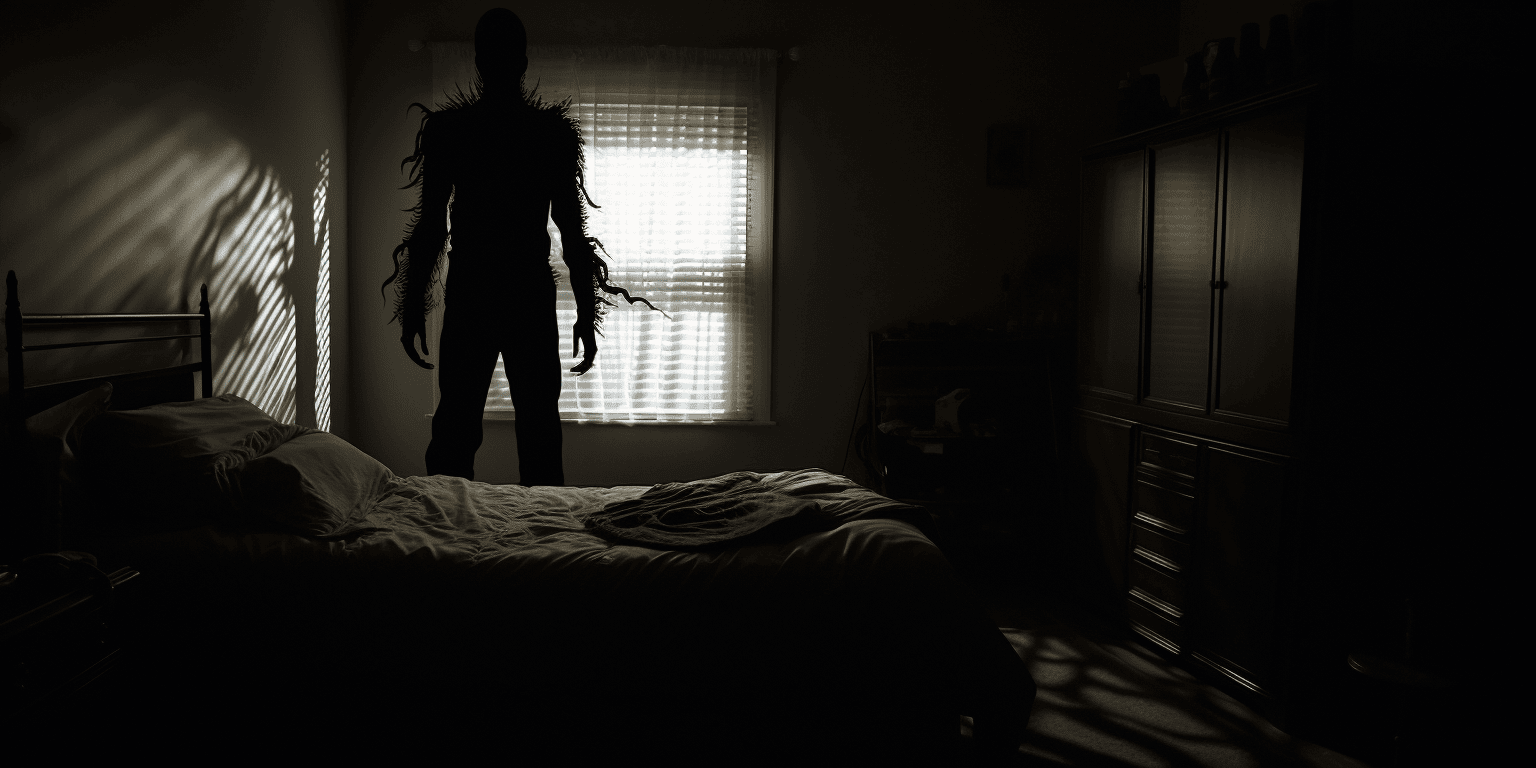Shadow People in Dreams: Psychological Interpretations
Mysterious and dreadful, shadowy figures are a frightening sight to most, as they commonly represent specters, demons, and intruders. As such, dreams of shadow people can be unnerving at first, although they are imbued with insights into our minds.
Shadow people in dreams signify the most neglected aspects of our psyche. They personify our most harrowing and disturbing experiences, emotions, and traits that our minds subconsciously block out as dark silhouettes.
Nonetheless, this enigmatic and sometimes nightmarish dream subject remains an opportunity for introspection. As shadow figures in dreams are intimately linked with our unconscious, they can help us identify and confront our most troubling aspects.
Psychological Meanings of Shadow People in Dreams

Modern psychology continues to value the interpretation of dreams, recognizing them as a rich tapestry of symbols, narratives, and processes that shed light on our psyche, identity, and self-understanding.
In this field, ominous figures like shadowy strangers, demons, and monsters hold a special position. According to many psychological approaches, dreams of shadow people are infused with insights into our suppressed attributes and innermost struggles.
For instance, shadowy figures in our dreams can be embodiments of traumatic memories or experiences that remain unresolved or even unrecognized. They may denote deeply embedded despair, perhaps brought forward by ongoing challenges.
Dreams of shadow people can also signify stressful emotional responses to certain situations or people in our waking lives. These dreams can thereby be representations of the tense climates of our mood, mirroring our worries and anxieties.
Cognitive Foundations of Shadow People in Dreams
Cognitive processes are essential to the formation of dreams. These processes consist of our thoughts, feelings, experiences, and emotions which can concentrate in our dreams as disturbing images, experiences, or subjects, like shadow people.
Therefore, dreaming of these mysterious figures can signal difficulties that have recently emerged in our lives. For example, intense apprehension and confusion from our current issues can be reflected by shadow people in dreams.
Cognitive processes extend into mental schemas, which are organized patterns of thought or behavior that help us interpret and respond to the world. Schemas can thus profoundly influence the content and structure of our dreams.
The appearance of shadow people in dreams can denote schemas related to fear, threat, or even the unknown. Hence, if we’ve recently been faced with great uncertainty in our lives, our minds may express this uncertainty through dreams of shadow people.
Information processing models provide a broader perspective on how cognitive processes shape our dreams. These models suggest that dreams are byproducts of the brain processing information and integrating it into our existing mental patterns.
Therefore, shadow people in dreams can be interpreted as symbols or metaphors arising from this process. They may represent the brain’s attempts to make sense of harmful and confrontational experiences such as those causing distress or harm.
Emotional and Behavioral Aspects of Shadow People in Dreams

Emotions significantly influence the content of our dreams, as our emotions in our waking lives can culminate into the elements we experience in our dreams. This is especially the case for our most striking and lasting emotions.
Thus, our emotions can influence the meaning of shadow people in our dreams. These figures may be personifications of depression, stress, anguish, and anxiety that remain unexpressed in waking life. They can thereby denote a harsh emotional atmosphere.
Our behaviors also play a crucial role in shaping our dreams. Certain theories suggest that our actions and habits in waking life can influence our dream content. These behaviors can surface in our dreams as symbolic representations or reenactments.
For instance, if we consistently avoid confrontation or deny specific aspects of ourselves, shadow people may appear in our dreams as a metaphor for these tendencies. They may thus be a signal to address the reasons for these behaviors.
Psychoanalytic and Psychotherapeutic Approaches to Shadow People in Dreams
Psychoanalysis and psychotherapy have a unique focus on dream interpretation. These perspectives view dreams as avenues for understanding our minds, either by unraveling their symbolism or prompting us to practically process them.
Shadow people are prominent subjects in these approaches. Because of their mysterious and dreadful nature, shadowy figures are interpreted as symbols closely bound to our unconscious and all its repressed and neglected facets.
Therefore, the sight of shadow people in our dreams strongly symbolizes repressed fears, denied desires, or aspects of ourselves we may be struggling to recognize. They may hence be embodiments of inner anguish in dire need of relief.
More positively, dreams of shadow figures can be a call to beware of the repression and neglect of our unconscious traits and struggles. They may be a sign of our progress in confronting these parts of ourselves and an invitation to understand their roots.
Shadow People in Dreams in Freudian Psychoanalysis
According to Freudian psychoanalysis, dreams contain symbols that mask the dream’s true meaning, whose basis is in our suppressed desires, unresolved conflicts, and traumatic experiences.
In this approach, shadow figures in dreams are understood as symbols of repressed pain and struggle. Given their ominous nature, these represent threatening desires or fears that we have suppressed within our minds.
Freudian psychoanalysis may also consider the potential influence of childhood experiences and instincts on the appearance of shadow people in dreams. The shadow figures can be linked to childhood conflicts or unfulfilled infantile wishes.
For example, a shadow person in dreams may represent an authoritative figure from our childhood, or they may symbolize a primal fear or desire we have repressed since childhood.
Shadow People in Dreams in Jungian Analysis

Jungian analysis views dreams to be messages from the unconscious side of our minds, which can be deciphered through understanding the archetypes present in our dreams. Archetypes are universal symbols that signify various inner traits and dynamics.
The central archetype relevant to the interpretation of shadow people in dreams is the Shadow, which embodies the unconscious aspects of the personality that the conscious ego ignores.
These entities, often perceived as threatening or malevolent, are thus potent embodiments of our hidden fears or insecurities. Their appearance in our dreams is an invitation to confront and integrate these repressed aspects of our psyche.
In this regard, experiencing this dream may indicate the process of individuation, the journey toward self-realization and wholeness. Shadow figures in dreams can indicate a journey, prompting us to acknowledge and reconcile with our Shadow.
Shadow People in Dreams in Gestalt Therapy
Gestalt therapy views every part of the dream as a representation of ourselves. Dreams, according to this approach, are seen as manifestations of the parts of the self that are disowned or not fully integrated into our awareness.
Shadow people in dreams would be seen as aspects of our personality that have been neglected or rejected. The often intimidating demeanor of these shadow figures can signify aspects we find difficult to accept, such as resentment, fear, or vulnerability.
To better understand and manage these aspects, Gestalt therapy employs direct engagement that emphasizes experiencing the dream in the present moment and actively processing each element.
We may be encouraged to the role of the shadow person, exploring their emotions, thoughts, and attitudes from this perspective. This method thereby fosters an active connection to the disowned parts of the self.
Shadow People in Dreams in Cognitive Dream Theory
Cognitive dream theory proposes that our dreams are an extension of our waking consciousness. Thus, dreams carry our waking life thoughts, concerns, experiences, and emotions.
From this perspective, dreams of shadow people can indicate intense thoughts and emotions about certain experiences in our lives. For example, the shadow figures may embody our fear of failure, likely caused by troublesome issues while awake.
This is especially the case if this dream recurs. Constantly dreaming of shadow people may strongly indicate persistent fears or ongoing struggles concerning the current situation of our lives. These may also be caused by terrifying memories.
Conclusion
Shadow people in dreams generally denote our innermost impulses, traits, and sentiments we unconsciously bury. They may likewise be an indication of fear, anxiety, and pain caused by challenges in our waking lives.
Although encountering these dark figures in our dreams can be unnerving at first, interpreting their meaning opens pathways into our inner world. These hold the potential for us to gain insight into our thoughts, understand our feelings, and confront our fears.


